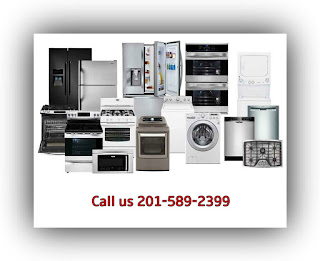8 Common Refrigerator Issues You Can Repair Yourself in Your Areas 2024
A refrigerator is a critical household appliance, indispensable for food storage and preservation. While it’s inevitable that some issues will require professional appliance service, many common refrigerator problems can be resolved with a bit of DIY know-how. Here are eight common refrigerator issues you can fix yourself in 2024, helping you save time and money on refrigerator repair.
1. Refrigerator Not Cooling Properly
Issue: The refrigerator isn’t cooling effectively, leading to spoiled food.
Solution: Begin by checking the thermostat to ensure it’s set to the proper temperature (typically around 37°F for the fridge and 0°F for the freezer). If the thermostat is set correctly, inspect the condenser coils located either at the back or bottom of the unit. Dust and debris can accumulate on the coils, hindering their ability to dissipate heat. Clean the coils using a vacuum or a brush designed for this purpose. Also, check the door seals to ensure they are not cracked or damaged, which can allow cold air to escape.
2. Excessive Frost Build-Up in Freezer
Issue: Frost accumulates excessively in the freezer, reducing storage space and efficiency.
Solution: This problem often arises from leaving the freezer door open for extended periods or a faulty door seal. Check the door gasket for any damage and replace it if necessary. Ensure the door is always properly closed. To defrost, unplug the refrigerator and allow the ice to melt naturally. Clean and dry the interior before turning the appliance back on.
3. Water Leaking from Refrigerator
Issue: Puddles of water are forming under the refrigerator.
Solution: Water leaks can often be traced to a blocked defrost drain or a malfunctioning water line. Locate the defrost drain hole, typically found at the back of the freezer compartment. Use a turkey baster or pipe cleaner to clear any clogs. If the issue stems from the water line, inspect the tubing for cracks or loose connections and replace or tighten as needed.
4. Refrigerator Making Unusual Noises
Issue: The refrigerator is emitting strange noises such as buzzing, rattling, or humming.
Solution: Noises can stem from a loose condenser fan, ice build-up, or an unlevel refrigerator. First, ensure the appliance is level by adjusting its feet. Then, check the condenser fan at the back of the unit for obstructions or ice build-up and clear them away. Tighten any loose screws or components to reduce vibrations and noise.
5. Ice Maker Not Working
Issue: The ice maker isn’t producing ice or is making ice cubes too slowly.
Solution: Start by checking the water supply line to ensure it’s properly connected and free of kinks. Inspect the water inlet valve for blockages and clean if necessary. If the ice maker has a filter, ensure it’s not clogged and replace it if old. Reset the ice maker by turning it off for a few hours before turning it back on.
6. Refrigerator Light Not Working
Issue: The interior light doesn’t turn on when the door is opened.
Solution: This is typically due to a burnt-out bulb or a faulty door switch. Replace the light bulb with a new one of the same type. If the light still doesn’t work, check the door switch to ensure it’s not stuck or defective. Clean the switch or replace it if it’s broken.
7. Fridge Running Constantly
Issue: The refrigerator motor runs continuously without shutting off.
Solution: First, check the temperature settings to ensure they’re not set too low. Clean the condenser coils to improve efficiency. Inspect the door seals for gaps that might cause the fridge to work harder to maintain the temperature. If these steps don’t resolve the issue, the problem might be with the defrost timer or the thermostat, which may require professional Appliance assistance.
8. Bad Odors Coming from Refrigerator
Issue: Unpleasant smells are emanating from the refrigerator.
Solution: Remove all food and thoroughly clean the interior with a mixture of baking soda and water. Check for any spoiled food items that might be causing the odor. Ensure that the drip pan underneath the refrigerator is clean and free of mold. Placing an open box of baking soda inside the fridge can also help absorb odors.
By addressing these common refrigerator repair issues yourself, you can save on appliance service costs and keep your refrigerator running smoothly. Regular maintenance and prompt attention to minor problems can extend the life of your appliance and ensure it operates efficiently year-round.



Comments
Post a Comment